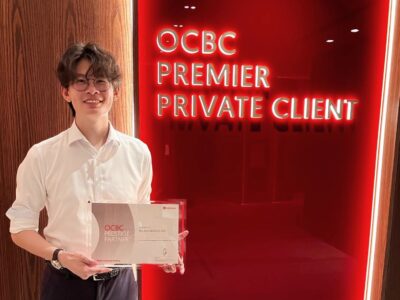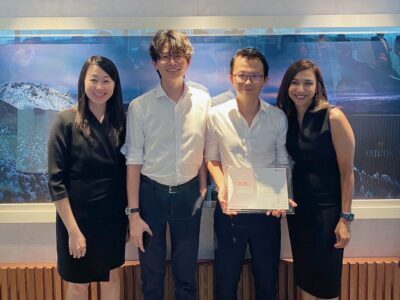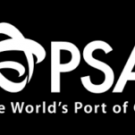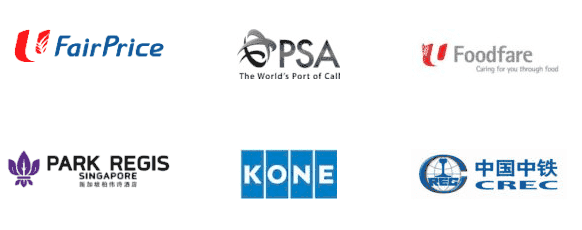Trademark vs Patent vs Copyright Protection
In the world of intellectual property, there are several mechanisms in place to protect the creative and innovative works of individuals and businesses.
Trademarks, patents, and copyrights are three of the most common forms of protection, each serving distinct purposes and covering different types of intellectual property.
But how do you know which is the right one for you to protect your intellectual property rights?
Learn the differences between these forms of protection to safeguard your creative works or inventions with our quick guide!
What is Trademark Protection?

A trademark is primarily used for branding and identity purposes to distinguish a company’s products or services from those of its competitors, such as:
- brand names
- symbols/logos
- slogans
- designs
- sound recordings
Trademarks, including service marks, provide you with the exclusive right to use these identifiers in connection with specific goods or services.
That said, trademark law in Singapore bans the registration of purely descriptive terms as it could unfairly restrict the use of common language and impede other businesses from accurately describing their products or services, leading to a lack of clarity and transparency for consumers.
What is Patent Protection?

Patent grants property rights to creators for a set period during which others are prohibited from making, using, selling, or importing the patented invention. In short, a patent protects inventions, innovations and new processes.
Overall, the purpose of patent law in Singapore is to foster innovation, protect intellectual property, encourage competition, and contribute to the sustainable economic development of the country.
Types of Patents
- Utility Patent: Utility patents are the most common type of patent and protect the way an invention works or its practical application.
- Granted for new and useful processes, machines, articles of manufacture, compositions of matter, or any new and useful improvements thereof.
- Design Patent: Design patents protect the unique ornamental or aesthetic appearance of a product.
- Granted for new, original, and ornamental designs for articles of manufacture.
- Plant Patent: Plant patents are granted for new and distinct varieties of asexually reproduced plants typically used in the agricultural and horticultural industries.
What is Copyright Protection?

A copyright is a form of intellectual property protection that grants creators exclusive rights to reproduce, distribute, perform, and adapt original works of authorship and artistic works such as:
- Literary
- Music
- Art
- Films
- Software (i.e. software code)
- Choreography
Unlike patents and trademarks, copyright protection is automatic upon the creation of the work and does not require formal copyright registration with the Intellectual Property Office of Singapore (IPOS), although it can provide additional legal benefits, such as evidence of ownership in case of disputes.
Additionally, a copyright owner can file a copyright infringement lawsuit only if the work is registered under copyright law.
What Are the Key Differences Between These Intellectual Property Protection Options?
Duration
The initial registration of a trademark in Singapore lasts for 10 years and can be renewed indefinitely for further 10-year periods upon payment of renewal fees.
A patent is granted for a period of 20 years from the date of filing, provided annual renewal fees are paid. This duration is not extendable, meaning that after 20 years, the invention falls into the public domain.
Lastly, the duration of copyright varies with the type of work. For literary, dramatic, musical, and artistic works, the copyright lasts for the lifetime of the creator plus 70 years after their death. For films, it lasts for 70 years after the film was first published.
Rights
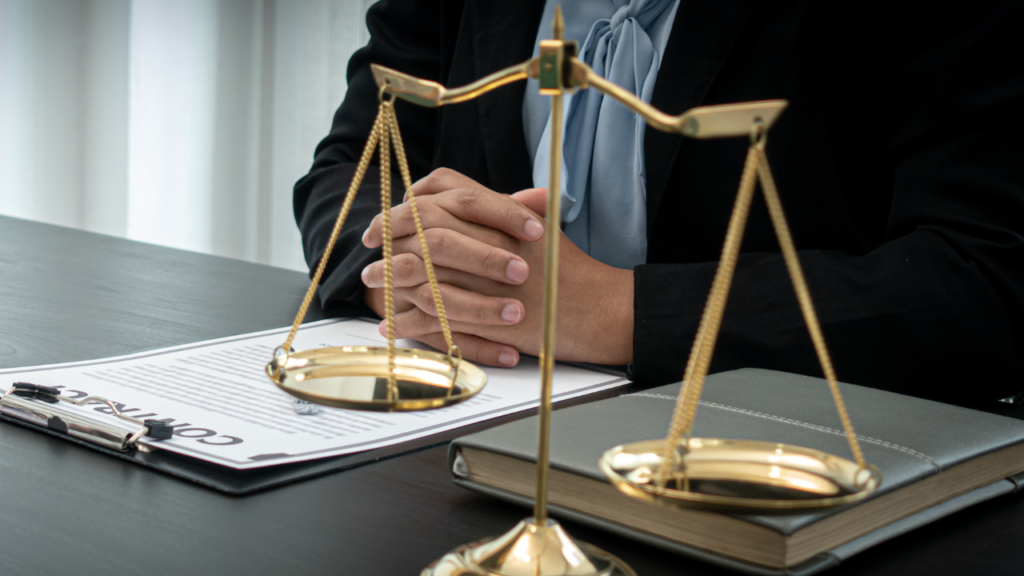
A trademark protects the rights of a business with the exclusive use of the mark in commerce in connection to the goods or services it is registered for.
Patent rights give the patent owner exclusive rights to use, sell, or license the invention. No other party can make, use, sell, or import the patented product or process without the patent owner’s consent.
Copyright gives the creator exclusive rights to use their work, to produce copies, to perform or display the work publicly, to distribute it, to make derivative works, and to license others to do these things. Importantly, copyright does not protect ideas but rather the expression of ideas.
Infringement
In the realm of intellectual property, infringement signifies the unauthorized use of protected material across various domains:
Trademark infringement occurs when an unauthorized party uses a sign that is identical or confusingly similar to a registered trademark. The key to this infringement is the likelihood of confusion in the public’s mind, undermining the trademark’s distinctiveness.
Meanwhile, since a patent is a legal monopoly over an invention, any unauthorized use is considered an infringement of the patentee’s exclusive rights.
Finally, unlike trademarks and patents, copyright infringement focuses on the unauthorized replication of creative expression, such as reproduction, distribution, or public performance, rather than on the use of a particular brand identifier or invention.
Enforcement
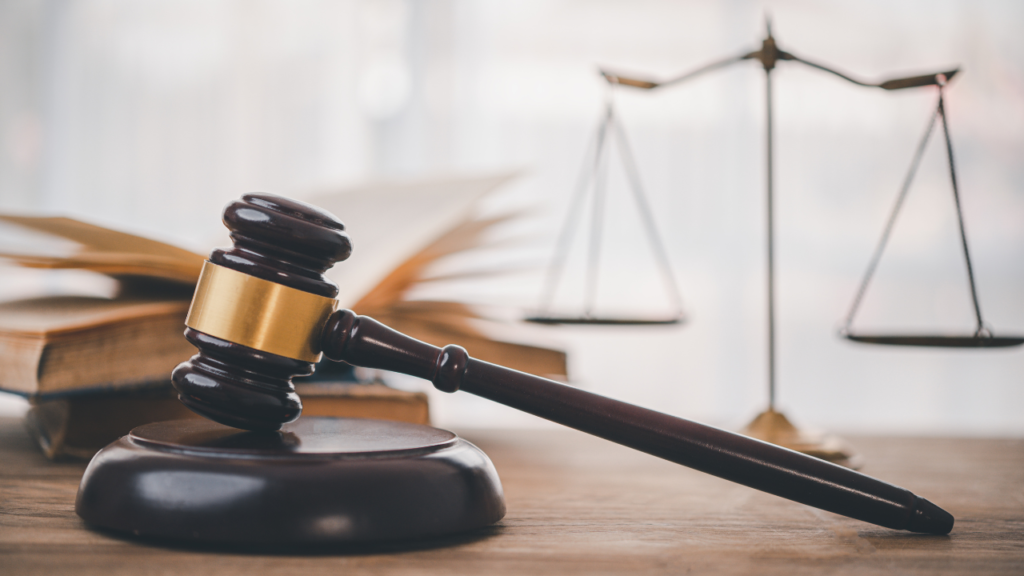
Enforcing Trademark Rights
Trademark owners may begin by sending cease and desist letters to alleged infringers, hoping for a resolution without resorting to court action. If negotiations fail, litigation may be pursued.
The trademark owner may seek various remedies, such as injunctions to prevent further infringement, monetary damages for losses incurred, and in some cases, an accounting of profits made from the unauthorized use.
Enforcing Patent Rights
Patent owners must initiate legal action to enforce their rights against infringers.
The court can grant several types of remedies in favor of the patent owner, including injunctions to prevent ongoing or future infringement and monetary compensation for damages suffered due to the infringement.
In some situations, the patentee may also claim the profits that the infringer earned from the unauthorized use of the invention.
Enforcing Copyright
Copyright holders typically respond to infringement by filing civil lawsuits. Courts can order a range of remedies, including injunctions to halt the infringement, awards for damages suffered, and in cases of willful violation, possibly statutory damages.
For particularly egregious cases, such as widespread piracy, criminal penalties may also be applied, reflecting the seriousness of the offense.
Elevate Your Brand’s Value with AG Singapore’s Premier Branding Services
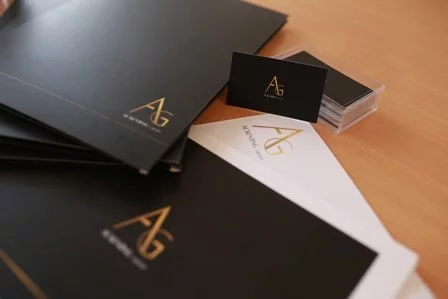
Understanding the intricacies of intellectual property, from trademarks to copyrights, is vital in today’s competitive marketplace.
AG Singapore offers not just clarity, but a concrete pathway to ensuring your brand’s distinctiveness and legal protection through our expert branding services, which includes trademarking.
In just two years, AG Singapore has skyrocketed to a seven-digit powerhouse, doubling and even tripling our growth annually.
This success is rooted in our unique branding strategy and sales funnel optimisation, complete with our 360º marketing approach, from standout logo design to digital sales presentations that convert prospects into loyal customers.
Partner with us today, where your brand’s potential meets our passion for creative excellence!





